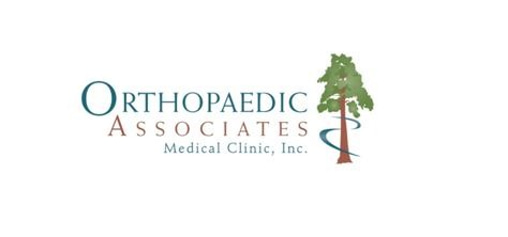Add your promotional text...
Understanding the Anatomy of the Shoulder and Reconstruction Techniques
SHOULDER
5/5/20252 min read


An Overview of Shoulder Anatomy
The shoulder is one of the most complex and mobile joints in the human body, comprising several structures that work together to allow a wide range of motion. It mainly consists of three bones: the humerus (upper arm bone), the scapula (shoulder blade), and the clavicle (collarbone). The shoulder joint itself is categorized as a ball-and-socket joint, which facilitates extensive movement.
Key Components of the Shoulder
Beyond the bones, the shoulder includes muscles, tendons, and ligaments, all critical for its function and stability. The rotator cuff, a group of four muscles and their associated tendons, plays a pivotal role in maintaining shoulder integrity and mobility. These muscles—supraspinatus, infraspinatus, teres minor, and subscapularis—enable overhead motions and ensure that the humeral head remains stabilized within the shallow socket of the scapula.
Shoulder ligaments, such as the coracohumeral and glenohumeral ligaments, also contribute to joint stability, while bursae, small fluid-filled sacs, reduce friction between muscles and bones. Understanding these components is essential for healthcare providers, especially when considering reconstruction techniques following injuries or degenerative conditions.
Shoulder Reconstruction Techniques
When faced with shoulder injuries, including tears in the rotator cuff or instability due to dislocation, reconstruction techniques can help restore functionality. One common procedure is arthroscopic rotator cuff repair, which is minimally invasive and involves making small incisions through which surgical instruments are inserted to repair the damaged tendons.
Another technique, shoulder stabilization surgery, focuses on addressing recurrent dislocations by tightening the ligaments and reinforcing the joint capsule. In cases where extensive damage has occurred, such as in large rotator cuff tears that cannot be stitched back together, tendon grafting techniques may be utilized. These involve using grafts from other body parts to reconstruct the damaged areas, allowing for improved strength and motion.
Rehabilitation is a crucial follow-up to these procedures, focusing on restoring strength, flexibility, and range of motion. Physical therapy regimens are tailored according to the specific techniques used during surgery and the individual patient's recovery goals.
In conclusion, an understanding of shoulder anatomy is vital for any discussion surrounding reconstruction techniques. As the field of shoulder surgery continues to evolve, new techniques and technologies improve surgical outcomes, leading to enhanced recovery for patients with shoulder injuries. Whether dealing with acute traumatic injuries or chronic degenerative conditions, informed surgical strategies play a critical role in ensuring successful shoulder rehabilitation.
Bruce Le, DO MS
Board Certified Orthopaedic Surgeon
© 2025. All rights reserved.
